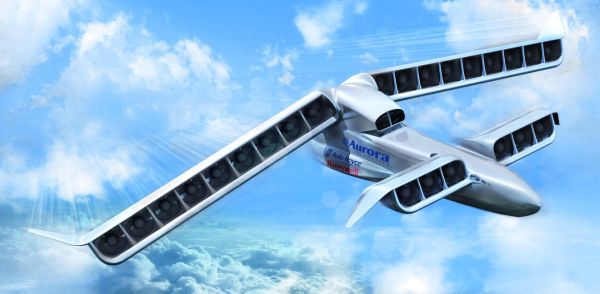Podcast: Play in new window | Download (Duration: 34:10 — 23.5MB)
AUVSI creates the Trusted Operator Program (TOP) for professional certification, Aurora Flight Sciences builts the Odysseus HALE aircraft, fast food delivery service generates some complaints, the DRL announces the Alpha Pilot Challenge for autonomous drone racers, the Office of Aviation Services wants information about using drones to fight wildfires, and the Office of the Inspector General conducted an audit of the FAA’s UAS waiver process.
UAV News
Unmanned systems: New AUVSI Trusted UAS Operator Program
 AUVSI worked with industry experts to create the Trusted Operator Program™ (TOP) for professional certification. AUVSI says the program was created “to raise the trust and acceptance of the use of unmanned aircraft around the world. TOP is a professional unmanned systems community initiative aimed at supporting industry accepted remote pilot standards and protocols, which will result in the safe and sustainable advancement of the industry.”
AUVSI worked with industry experts to create the Trusted Operator Program™ (TOP) for professional certification. AUVSI says the program was created “to raise the trust and acceptance of the use of unmanned aircraft around the world. TOP is a professional unmanned systems community initiative aimed at supporting industry accepted remote pilot standards and protocols, which will result in the safe and sustainable advancement of the industry.”
The program features three certification levels where each corresponds to the level of safety precautions required. Level one covers relatively low-risk operations for flights under Part 107. Level two is for companies that conduct flights near expensive infrastructure requiring an FAA waiver. Level three addresses flights in “safety critical” environments, such as near chemical, oil, gas, nuclear or mining facilities, even if they are offshore and no waiver is required.
TOP training providers:
TOP Certification bodies:
TOP uses a set of safety protocols and includes aviation regulations from the Federal Aviation Administration, Civil Aviation Safety Authorities, Directorates General of Civil Aviation and others.
Aurora Builds Stratospheric Solar Aircraft With Boeing’s Backing
ODYSSEUS: Global Reach, Airborne for Months, Powered by the Sun
Aurora Flight Sciences built the 243-foot span Odysseus, a high-altitude, long-endurance (HALE) aircraft. Odysseus uses lithium-polymer batteries and Alta Devices thin-film gallium-arsenide solar cells. Flight testing is scheduled to begin in 2019 in Puerto Rico. The first aircraft is battery-powered and the second and third aircraft will be solar-powered.
Odysseus uses thin-walled carbon-fiber tubes bonded together into box-section trusses for the wing spar and fuselages, and truss ribs for the wing and tails.
Food delivery drones are annoying residents in Australia because…of course!
Launched by Wing, an initiative from Alphabet X, Google’s parent company, the trial fast food delivery service in Canberra, Australia is generating some complaints. Some residents find the drones noisy, they scare away local birds, and they are perceived as an invasion of privacy.
The Next ESport Craze: Autonomous Drone Racing
The Drone Racing League has announced the Alpha Pilot Challenge for autonomous drone racers. Using the same courses that human drone pilots use, the series is intended to accelerate the pace of innovation. Eventually, the autonomous drone racers will be pitted against human pilots.
OAS Requests Information for Heavy-Lift UAS During Wildfires
The Office of Aviation Services (OAS) wants information about using drones to carry water and fire retardant and conduct heavy-lift cargo delivery during wildfires and emergency situations. See the solicitation: Heavy-lift Unmanned Aircraft System (UAS) to conduct cargo delivery during wildfires.
OIG Audits FAA on Drone Waivers, Calls for Eight Actions
The Office of the Inspector General (OIG) conducted an audit of the FAA’s unmanned aircraft system waiver process between May 2017 and September 2018. In a summary of its findings, the OIG says the FAA has “established processes for reviewing and granting waivers but has experienced difficulties obtaining sufficient information, managing the volume of requests and communicating with applicants, particularly in explaining reasons for denying requests.”
“As a result, FAA’s Flight Standards office has disapproved 73 percent of operational waiver requests (e.g., over people and beyond line of sight), and a significant backlog of waiver requests to operate in airspace with manned aircraft exists,” the audit summary explains.
On the FAA’s “risk-based oversight system,” OIG says, “While FAA has developed guidance for planning annual inspections, few UAS operators have received inspections to verify their compliance with regulations and the terms of their waivers. Moreover, the agency’s ability to perform meaningful risk-based surveillance is hindered by limited access to detailed UAS operator, FAA inspection, and risk data. As a result, FAA does not have assurance of operators’ compliance with regulations, is not well-positioned to develop an oversight strategy, and is missing opportunities to gather information that will help shape rulemaking and policies.”
The audit offers eight recommendations for the FAA:
- Assess the workforce tasked with reviewing waiver and authorization requests to determine if Air Traffic Organization (ATO) staffing is adequate, and take appropriate action as needed.
- Assess the performance of the ATO’s non-automated airspace waiver request process to determine if volume and timeliness goals would improve the process, and if so, implement these goals.
- Implement performance metrics for the Low Altitude Authorization and Notification Capability (LAANC) to evaluate its effect on application processing volume and timeliness, and take appropriate action as needed.
- Create internal controls to improve consistency in standard template responses used to correspond with applicants regarding requests for information.
- Update National Flight Standards Work Program Guidelines to require field offices to perform inspections on a sample of commercial drone operators in their area for a two-year period (designed to increase available inspection data for creating a risk profile of UAS).
- Develop a baseline risk assessment profile of small commercial drone operators to inform inspector surveillance planning decisions, as well as procedures to periodically update this profile.
- Issue guidance to field offices on how to obtain FAA information on waiver- and/or authorization-holding UAS operators (designed to help inform their inspection planning).
- Provide clarifying guidance to UAS operators regarding the small UAS rule’s provision relating to operations over people.
Mentioned
‘Lambulance’ drones used to check animal health in lambing season

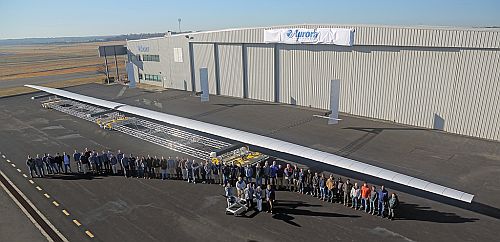
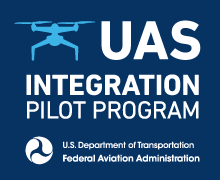
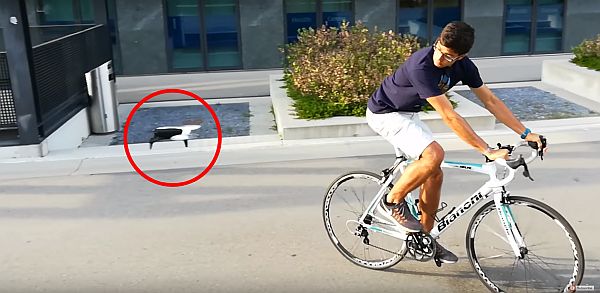
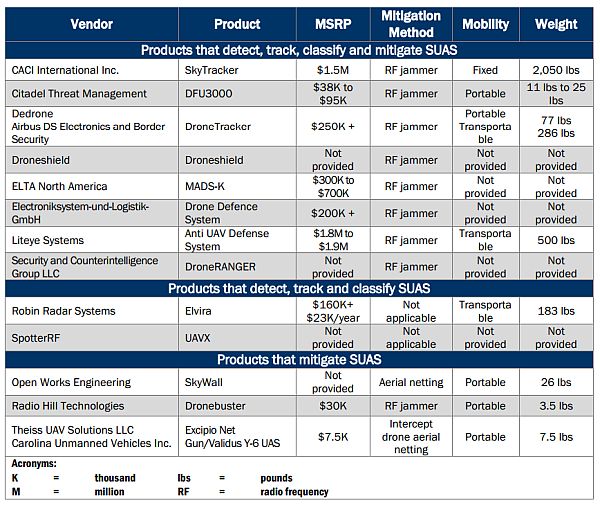
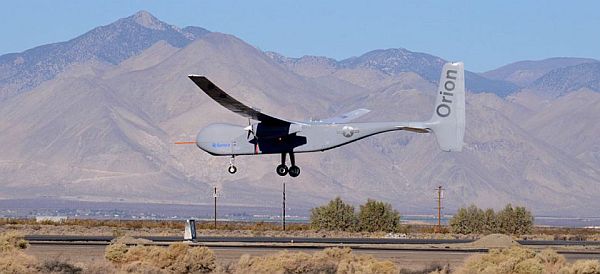
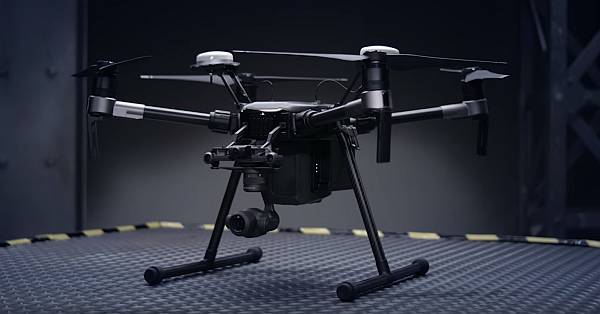
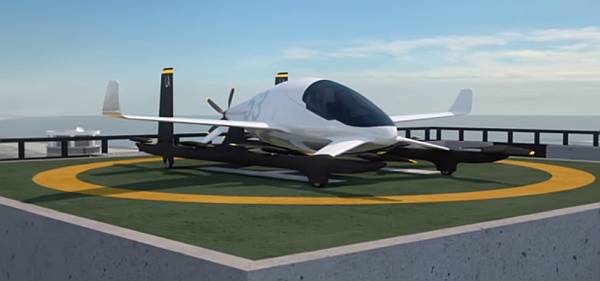
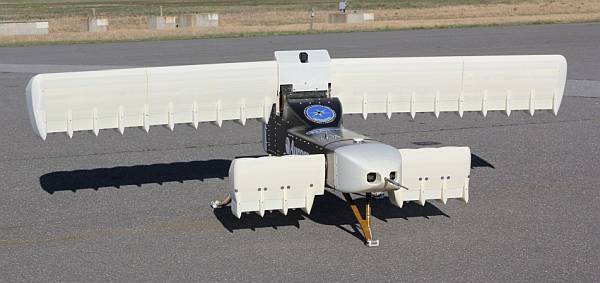

 We continue our coverage of Drone Dealer Expo 2016 with an insightful conversation that Tim Trott recorded with Jonathan Rupprecht from
We continue our coverage of Drone Dealer Expo 2016 with an insightful conversation that Tim Trott recorded with Jonathan Rupprecht from 